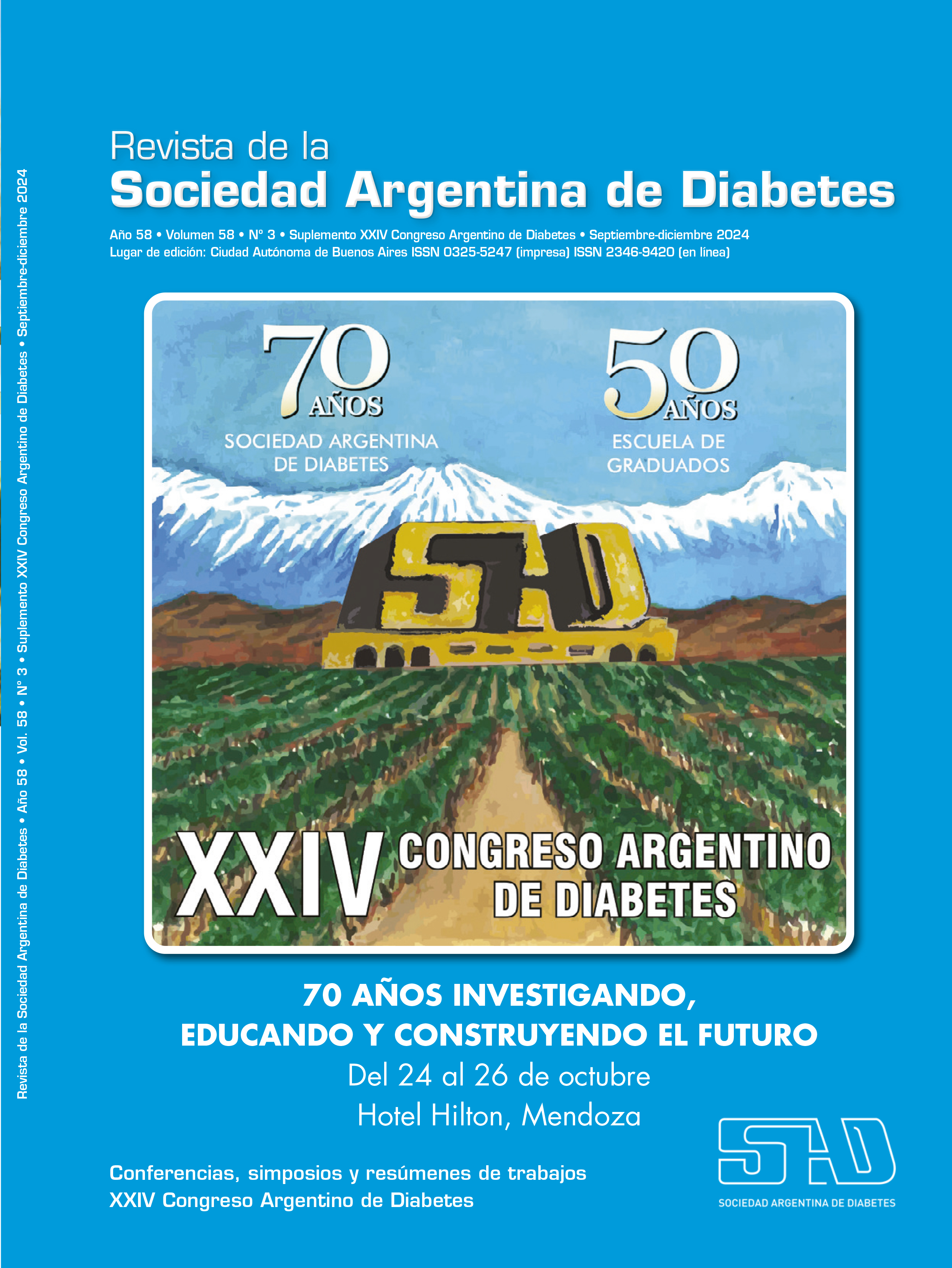Early-onset obesity: monogenic obesity
Keywords:
obesity, childrenAbstract
In childhood obesity, multifactorial etiology is the most frequent, result of environmental factors interaction in individuals with a polygenic genetic predisposition and in 5-7% obesity is due to a specific gene mutation or obesity rare syndromes. It is necessary to recognize the different types of “childhood obesity”, a set of various pathologies, diverse etiology, that share the obesity presence from an early age in life and that will require different diagnostic and therapeutic strategies.
Last years we have helped multiple research lines development that have allowed us to deepen the regulatory mechanisms knowledge of energy balance; of the genetic bases on which pathological accumulation of adipose tissue occurs, or does not occur, as well as its function or endocrinological dysfunction analysis The increase number of obesity case studies caused by genetic alterations (syndromic or not), endocrinological or secondary to other underlying conditions has contributed to elucidation the pathophysiological bases of appetite control, satiety and energy expenditure. The discovery advances of patients with monogenic etiology obesity expands the modern pathophysiological bases of obesity. The monogenic obesity etiology preferentially affects the genes involved in the appetite-satiety regulation in the leptin-melanocortin pathway: leptin (LEP), leptin receptor (LEPR), proopiomelanocortin (POMC), pro-protein convertase. subtilisin-kexin type 1 (PCSK1), melanocortin receptor 4 (MC4R), Src-homology-2B adapter protein 1 (SH2B1), steroid receptor coactivator 1 (SRC1), carboxypeptidase E (CPE) and stimulatory polypeptide 1 of the alpha activity of the G protein (GNAS), among the most relevant. Along with them, it is of interest to mention some syndromic entities, such as Bardet-Biedl and Alström syndromes. Consequently, it is necessary to individualize the diagnostic strategy and therapeutic approach to both obesity and its associated comorbidities in each patient. Molecular study helps detect those patients who can benefit from specif.
References
I. Martos- Moreno G, Serra- Juké C, Pérez- Jurado L, Argente J. Aspectos genéticos de la obesidad. Rev. Esp Endocrinol Pediatr 2017;8:21-32.
II. Hampl SE, Hassink SG, et al. Clinical Practice guideline for the evaluation and treatment of children and adolescents with obesity. Pediatrics 2023;151(2).
III. Farooqi S, O´Rahilly S. Human disorders of leptin actions. J Endocrinol 2014;223:63-70.
IV. Haws R, Brady S, Davis E, Fletty K, et al. Effect of setmelanotide, a melanocortin-4 receptor agonist, on obesity in Bardet Biedl síndrome. Diabetes Obs Metabol 2020;22: 2133-2140.
Downloads
Published
Issue
Section
License
Copyright (c) 2024 on behalf of the authors. Reproduction rights: Argentine Society of Diabetes

This work is licensed under a Creative Commons Attribution-NonCommercial-NoDerivatives 4.0 International License.
Dirección Nacional de Derecho de Autor, Exp. N° 5.333.129. Instituto Nacional de la Propiedad Industrial, Marca «Revista de la Sociedad Argentina de Diabetes - Asociación Civil» N° de concesión 2.605.405 y N° de disposición 1.404/13.
La Revista de la SAD está licenciada bajo Licencia Creative Commons Atribución – No Comercial – Sin Obra Derivada 4.0 Internacional.
Por otra parte, la Revista SAD permite que los autores mantengan los derechos de autor sin restricciones.




























